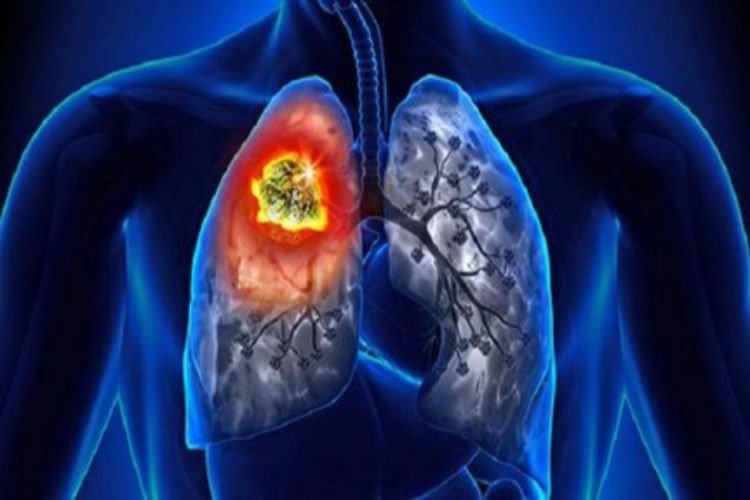 Did you know that radon gas is the second leading cause of lung cancer? Or that it comes from naturally occurring substances and not pollutants? If the answer is ‘no,’ you need to learn more about this gas.
Did you know that radon gas is the second leading cause of lung cancer? Or that it comes from naturally occurring substances and not pollutants? If the answer is ‘no,’ you need to learn more about this gas.
From our experience, most people don’t know about the dangers of radon gas. This is because the symptoms are not that apparent. The EPA estimates that radon gas is responsible for 21,000 lung cancer deaths yearly.
So what are the radon gas symptoms? How can you protect yourself from it? How can you mitigate your exposure to this cancer-causing gas?
Keep reading, and we’ll show you.
What Is Radon?
Radon gas is a colorless, odorless, and tasteless radioactive gas produced naturally by breaking uranium in soil, water, and rock. It can enter homes through cracks and openings in the foundation and accumulate to dangerous levels.
How Does Radon Affect Your Health?
Radon gas is a health hazard that can cause numerous respiratory problems and cancer. People can be exposed to radon gas by breathing it in, drinking water that contains it, or coming into contact with it through skin contact.
The health effects of radon gas depend on the amount of exposure and the length of time someone is exposed. Short-term exposure to high levels of radon gas can cause lung irritation and an increased risk of lung infections. Long-term exposure to radon gas can cause lung cancer.
What Are the Symptoms of Radon Exposure?
Radon gas symptoms can affect your health in several ways.
Radon is a known carcinogen that can cause cancer. The risk of developing lung cancer from radon exposure increases with exposure time and the level of radon in the air. Symptoms of radon exposure are not always noticeable and can take years to develop.
Radon exposure can lead to several other health problems, including lung disease, kidney disease, and congenital disabilities.
Symptoms of radon exposure can include coughing, wheezing, shortness of breath, and chest pain.
Tips to Mitigate Radon Gas at Home
The best way to prevent radon gas problems is to ensure that your home is well-ventilated. You can also install a radon gas mitigation system to help remove the gas from your home.
Looking for a radon mitigation system? Visit Guardian Environmental and schedule a free estimate today.
Ways to Reduce Risk of Radon-Related Lung Cancer
If you live in an area where radon is a problem, get your home tested for radon. Fix the cracks in your home if the test shows high radon levels.
Get Tested Today if You Have Any of These Radon Gas Symptoms
Radon gas is a naturally occurring element found in small amounts in the air we breathe. However, in high concentrations, it can be dangerous to our health. There are a variety of radon gas symptoms that can adversely affect our health.
If you think you may be exposed to high levels of radon gas and have these symptoms: coughing, wheezing, shortness of breath, and chest pain, it is essential to seek medical attention and get tested as soon as possible.
Did you find this article helpful? Check the rest of our blog for more health-related content.




